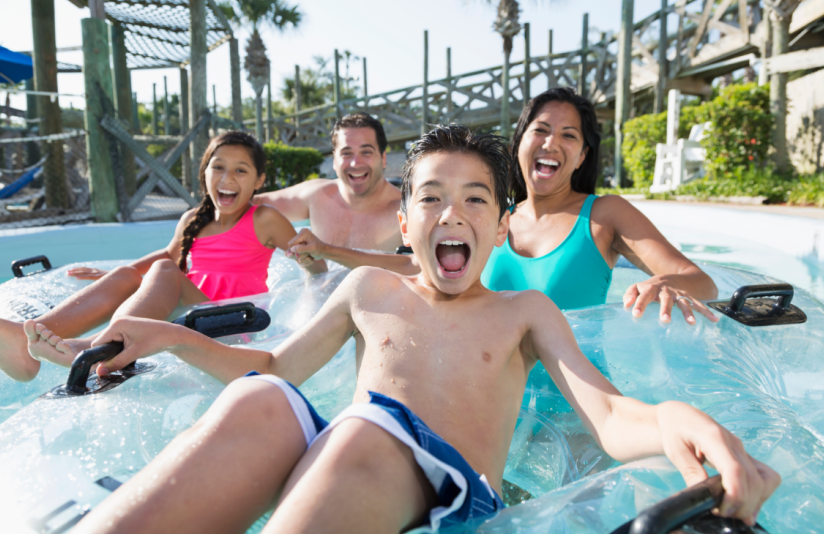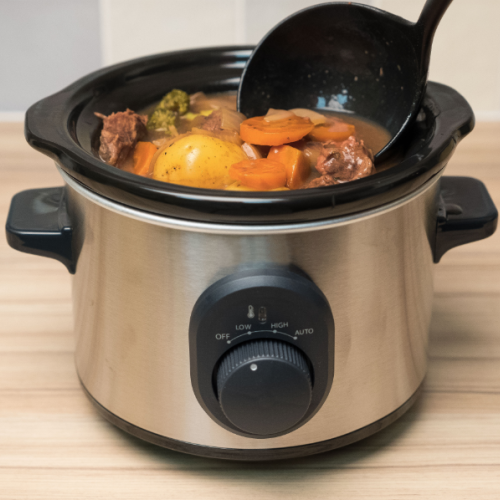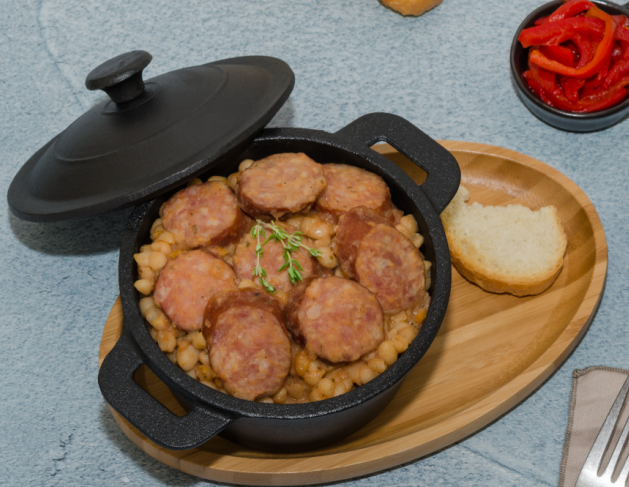I’m going to take you on a little adventure, and I bet it’s one that could change the way you see family vacations. Today, I’m going to be talking about the joy of RV travel solutions with kids. This isn’t just about packing up and hitting the road; it’s also about crafting unforgettable moments and learning experiences that your family will remember for a lifetime.

RVing traveling with kids offers a unique opportunity to broaden their horizons in the most interactive way possible. Imagine your children waking up to the sight of a new landscape each day, the thrill of discovering different parks, and the joy of evening campfires. It’s the kind of education that goes far beyond textbooks and classrooms, providing valuable life lessons and skills.
I’m here to help you understand the benefits of traveling with kids on RV trips. It’s a chance to disconnect from the hustle of everyday life and focus on quality family time. Whether you’re exploring national parks, visiting historical landmarks, or just enjoying the open road, the experiences can strengthen the bond between you and your kids and between siblings.
Building memories is a huge part of family RV travel. You’re going to find out about how shared adventures can foster stronger connections and instill a spirit of teamwork. Along the way, your kids will learn responsibility, cooperation, and the importance of caring for the environment. These are lessons that stick, all while having a blast along the way.

Preparing for the Journey: Tips for a Smooth RV Adventure with Children
I’m going to walk you through setting the stage for a memorable RV trip with the little ones. That’s going to include a mix of safety steps, comfort measures, and smart packing choices to make the journey as smooth as possible.
You’re going to find out about the importance of a pre-trip RV inspection. It’s not just a matter of vehicle maintenance; it’s also about childproofing the space. Checking that all systems are functional and securing anything that might pose a risk is your first order of business.
Child-proofing the RV for safety is no small feat. Think outlet covers, securing cabinet doors, and ensuring emergency procedures are understood by all family members. Choose something that works with your family’s needs and ensures your kids’ safety.
Packing is crucial, I can’t stress this enough. You’ll want to pack essentials that cater to comfort and convenience. I’m talking about their favorite blankets, games, and a variety of snacks. These items will become priceless when you’re miles from the nearest store.
If you want to keep everyone happy while traveling, your route and destinations need considering kids’ interests. Planning ahead with stops at parks, interesting landmarks, or kid-friendly attractions can make all the difference in their enjoyment and your peace of mind.

And guess what? These preparations are not just about prevention and practicality. They’re also about starting the trip on a positive note, getting everyone involved, and setting goals. So by the time you roll into the next section, you’ll be equipped with 10 Essential Suggestions for keeping those smiles wide while traveling in your RV with your kids.
10 Essential Suggestions for Harmonious RV Travels with Kids
You’re going to find out about ways to keep everyone happy and engaged on the road. Choosing the right activities and tools can make all the difference. Let’s get to it!
1. Establish a Routine: Kids thrive on structure. Set up daily routines for meals, activities, and bedtime, even on the move.
2. Pack Smart Entertainment: A mix of digital and non-digital games keeps boredom at bay. Think iPads loaded with educational apps and classic card games.

3. Safe and Sound Sleep: Invest in cozy, individual sleeping spaces for each child. A good night’s sleep is a game changer.
4. Snack Attack: Stock up on healthy snacks. Hunger can turn those angels into little monsters quite quickly!
5. Frequent Breaks: Regular stops allow kids to burn off energy. Plan for playgrounds and picnic areas along your route.

6. Engage with Nature: National parks are a treasure trove for young explorers. Prepare nature scavenger hunts for added fun.

7. Educational Opportunities: Pair travel with learning. Apps about the stars for night watching, history podcasts for sightseeing spots, and so on.
8. Documenting the Journey: Give your kids cameras or sketchbooks to document their adventures. It will keep them occupied and encourage mindfulness.
9. Emergency Prep: A first aid kit and other safety measures are must-haves. Make sure your kids know basic RV safety. Always have a fire extinguisher on board for any fires.
10. Family Meetings: Involve everyone in planning and decision-making. When kids are heard, they’re more likely to cooperate. The older kids may have some ideas of a destination they are interested in.

Reflecting on the Wonders: Post-Trip Considerations and Memories
Now that the wheels have stopped turning and you’re back from your RV trip with the kids, it’s crucial to take a moment to reflect. This isn’t just about reminiscing; it’s also about understanding the experiences that shaped your time on the road. Gather the family and talk about the highlights, the surprises, and even the challenges.
One of my favorite ways to keep the adventure alive is by creating a family travel album. Choose photos together, involve the kids in the storytelling process, and you’ll end up with a treasure trove of memories. Another idea is starting a family travel blog – it’s an exciting way to document your journeys and share your experiences with a broader community.
Encouraging kids to share their travel stories is not just fun; it’s also educational. It allows them to express what they’ve learned, what excited them, and any new ideas that emerged from your travels. These discussions can be eye-opening and may influence your decisions for future trips.
Choose something that resonates with you as a way to keep the memories fresh and use what you’ve learned for future planning. After all, your next RV adventure is just around the corner, and with the insights gained, it’s going to be even more exciting. Take the kids’ feedback seriously – their suggestions can make the next trip even more of a hit!








































